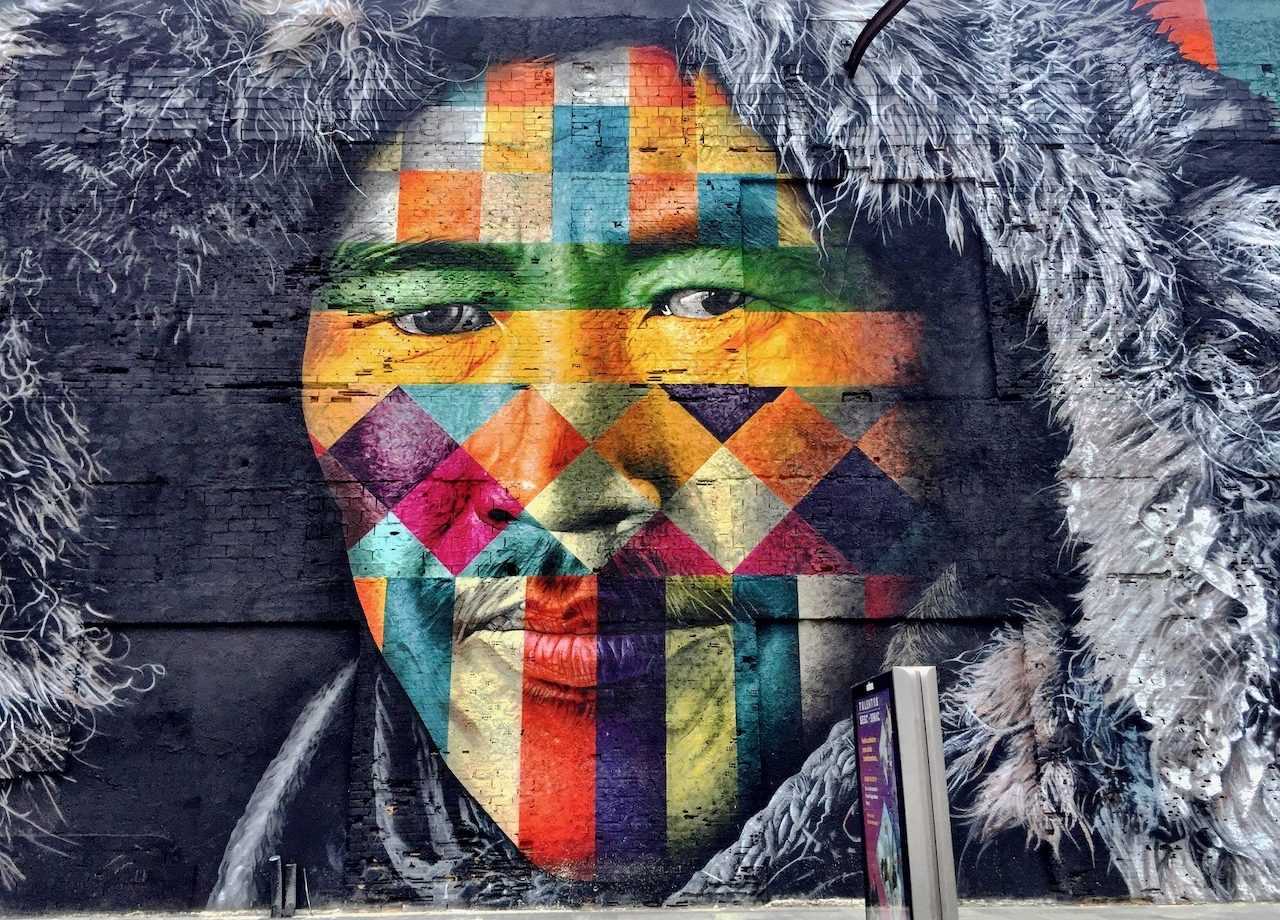
Street art is a form of artistic expression that has gained tremendous popularity over the past few decades. It is a movement that rebels against traditional gallery spaces and brings art to the streets, making it accessible to everyone. One of the most exciting and visually striking forms of street art is murals. These large-scale artworks can be found in cities around the world, adding color and creativity to urban landscapes. In this article, we will explore some of the most famous murals that showcase the vibrant world of street art.
One of the most iconic murals in the street art world is Banksy’s “Balloon Girl.” This stencil artwork depicts a young girl reaching for a heart-shaped balloon, which is floating away. The image is simple yet powerful, symbolizing innocence, hope, and the fleeting nature of happiness. “Balloon Girl” has captured the hearts of many people around the world and has become a symbol of Banksy’s thought-provoking and politically charged street art.
Another famous mural that has become an Instagram sensation is Eduardo Kobra’s “Graffiti Legends.” This colorful mural depicts legendary musicians such as Bob Marley, Jimi Hendrix, and Janis Joplin, among others. The vibrant colors and larger-than-life portrayals make this mural a must-see for music lovers and art enthusiasts alike. Kobra’s work often celebrates cultural icons and brings them to life in a way that is both visually stunning and emotionally powerful.
In the heart of Berlin, you’ll find “The Kiss” mural by Dmitri Vrubel. This iconic artwork portrays a passionate embrace between Leonid Brezhnev and Erich Honecker, representing the unity between East and West during the Cold War era. The mural is a powerful symbol of love, unity, and the desire for peace. It has become a tourist attraction and is a testament to the power of street art in conveying important social and political messages.
These are just a few examples of the many famous murals that grace the walls of cities around the world. Street art has the power to transform urban landscapes, challenge societal norms, and ignite conversations. By exploring the vibrant world of street art and appreciating the creativity and talent behind these murals, we can gain a deeper understanding of the value and impact of this art form.
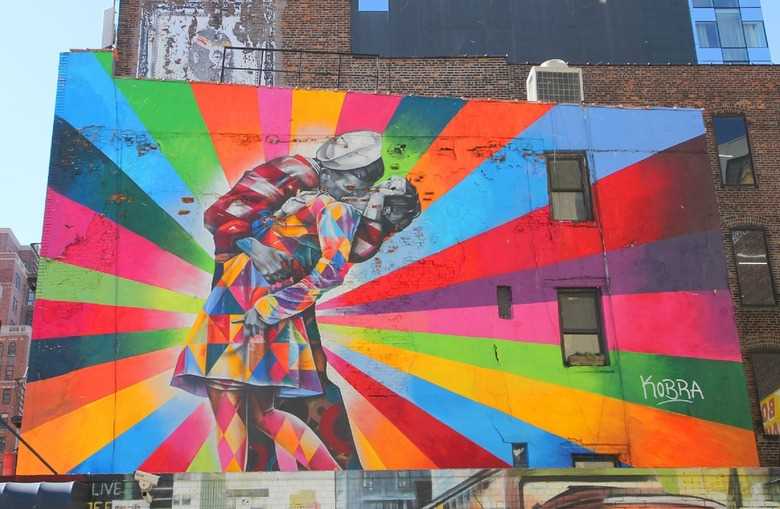
Street art has exploded in popularity over the last few decades, transforming cities into vibrant galleries that celebrate the creativity and talent of artists from all walks of life. From colorful murals to striking graffiti tags, street art has become an integral part of urban landscapes, capturing the attention and imagination of passersby.
One of the most incredible aspects of street art is its ability to transform otherwise gray and monotonous city streets into dynamic, eye-catching displays of artistic expression. The use of bold colors, intricate designs, and thought-provoking imagery creates a visual feast that captivates viewers and injects life into urban spaces.
Moreover, street art has a powerful impact on the communities in which it exists. It can spark conversations, challenge norms, and serve as a platform for marginalized voices. By occupying public spaces, street art invites interaction and engagement, prompting individuals to pause, reflect, and appreciate the artistry that surrounds them.
Street art also has the power to beautify and revitalize neglected or rundown areas. Once forgotten corners can be transformed into captivating attractions that draw locals and tourists alike. In this way, street art has the potential to breathe new life into communities, bring people together, and foster a sense of pride and identity.
Furthermore, street art often serves as a form of social commentary, addressing issues such as politics, social justice, and the environment. Artists use their work to express their opinions, raise awareness, and provoke thought. It is through these powerful messages that street art becomes a catalyst for change, inspiring individuals to question the status quo and envision a better future.
Famous Murals: Icons of the Street Art Movement

Street art has become a global phenomenon, with murals popping up in cities around the world. These larger-than-life artworks not only add color and beauty to our urban landscapes, but they also serve as a powerful form of self-expression and social commentary. Some murals have become iconic symbols of the street art movement, capturing the imaginations of both art enthusiasts and passersby.
One of the most famous murals is Banksy’s “Girl with a Balloon.” This iconic artwork depicts a young girl reaching for a heart-shaped balloon, which has become a symbol of hope and love. The mural has been replicated in various forms and has become synonymous with Banksy’s subversive and thought-provoking style.
Another well-known mural is Keith Haring’s “Crack Is Wack.” Created in 1986, this vibrant piece was intended to raise awareness about the dangers of crack cocaine. The mural’s bold colors and energetic figures reflect Haring’s signature style and convey a powerful anti-drug message. It has since become one of the artist’s most recognizable works.
The “Bowery Wall” in New York City is also a hotspot for famous murals. Each year, a new artist is chosen to transform the massive wall into a work of art. One of the most memorable murals was painted by Os Gemeos, Brazilian twin brothers known for their colorful and surreal street art. Their mural depicted larger-than-life characters and brought a sense of whimsy to the neighborhood.
Another notable mural is Eduardo Kobra’s “World Peace.” This stunning artwork covers an entire building in São Paulo, Brazil, and features portraits of iconic figures such as Mahatma Gandhi, Nelson Mandela, and Mother Teresa. Kobra’s vibrant colors and intricate details make this mural a true masterpiece that promotes harmony and unity.
These are just a few examples of the many famous murals that have captured the imagination of the public. Street art continues to evolve and push boundaries, using public spaces as a canvas for creativity and self-expression. As more artists contribute to the street art movement, we can expect to see even more iconic murals that inspire, challenge, and provoke thought.
Painting the City: The Journey of Mural Artists
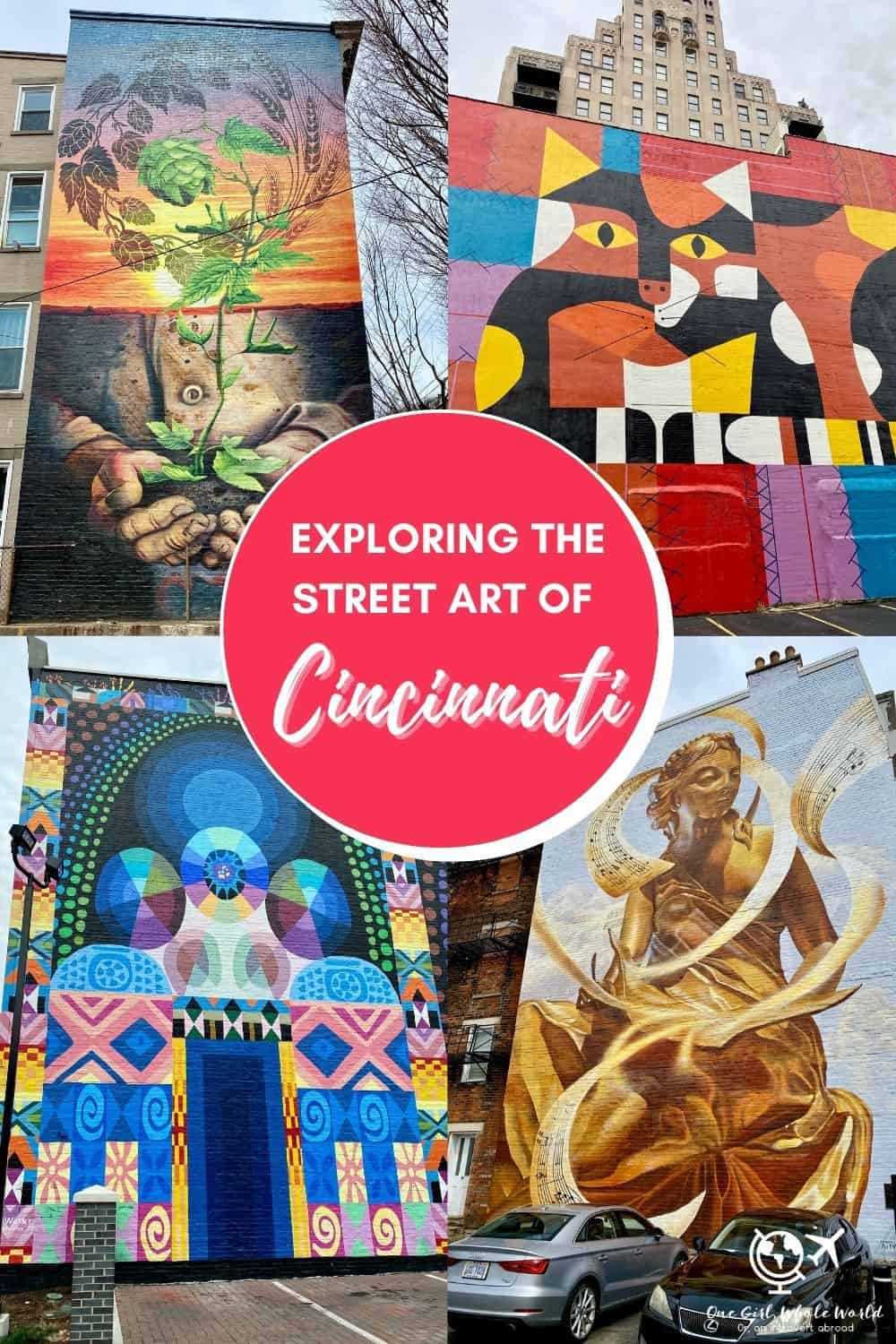
Mural art has played a significant role in bringing color and life to the urban landscapes around the world. From abandoned buildings to underpasses, mural artists have transformed dull and uninteresting spaces into vibrant and captivating works of art. Their journey as artists involves not only creating beautiful murals, but also navigating through various challenges and collaborating with communities to make a positive impact.
One of the first steps in a mural artist’s journey is finding the right location for their artwork. They carefully select walls or buildings that have sufficient space and a blank canvas. Some artists may even seek permission from property owners or local authorities to ensure the legality of their work. Once they have identified the perfect location, they can begin brainstorming ideas and concepts for their mural.
The creative process involves researching and gathering inspiration from various sources such as history, culture, and local stories. Artists often spend time immersing themselves in the community, talking to locals, and understanding the essence of the neighborhood. This engagement allows them to create a mural that resonates with the people who live there.
With a clear vision in mind, mural artists then start sketching their ideas on paper or digitally. This stage helps them visualize the final composition and make any necessary adjustments before transferring the design onto the wall. Depending on the complexity of the artwork, artists may work alone or collaborate with a team of fellow artists to execute the mural.
Once the design is finalized, mural artists begin the meticulous task of painting their artwork on the wall. They use a variety of techniques and materials, including spray paint, brushes, rollers, and stencils to bring their vision to life. The process can be physically demanding, requiring long hours of standing and working at various heights. However, the artists’ dedication and passion enable them to overcome these challenges.
Throughout the journey, mural artists also face challenges such as adverse weather conditions, vandalism, or the risk of their artwork being painted over. They have to weatherproof their murals to ensure their longevity and take necessary precautions to protect their work from potential damage.
Despite the challenges, mural artists continue to create stunning artworks that contribute to the cultural and artistic landscape of cities. Their murals serve as expressions of creativity, storytelling, and social commentary. They not only beautify the city but also spark conversations, inspire change, and foster a sense of pride and identity within the community.
Inspiring Change: The Influence of Murals on Urban Communities
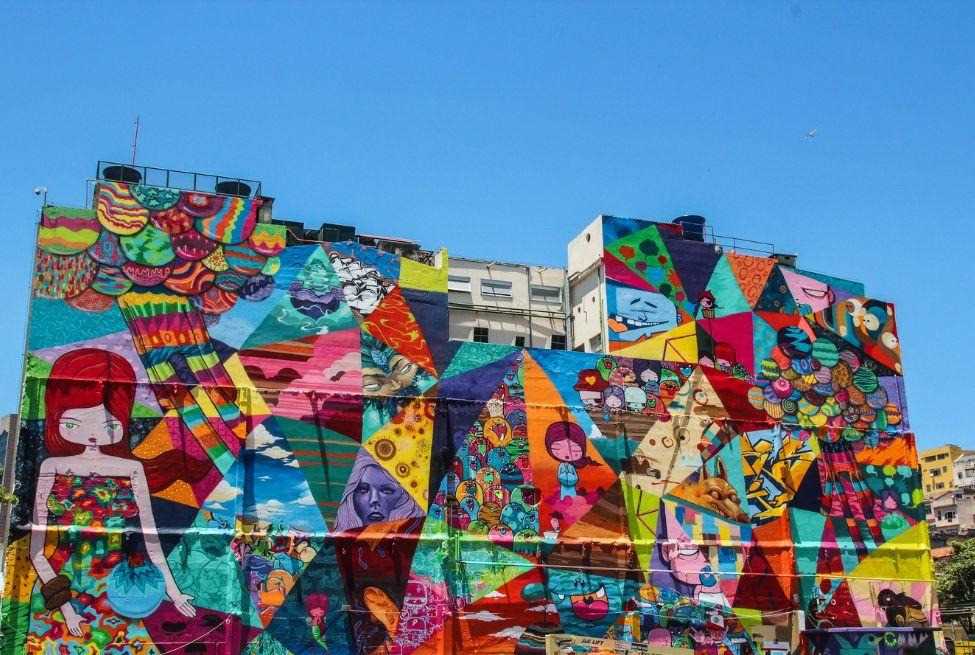
Murals have proven to be more than just works of art; they have the power to inspire change and transform urban communities. Through their vibrant colors and powerful imagery, murals captivate the attention of passersby, provoking thought and conversation about important social issues.
Revitalizing Neglected Areas
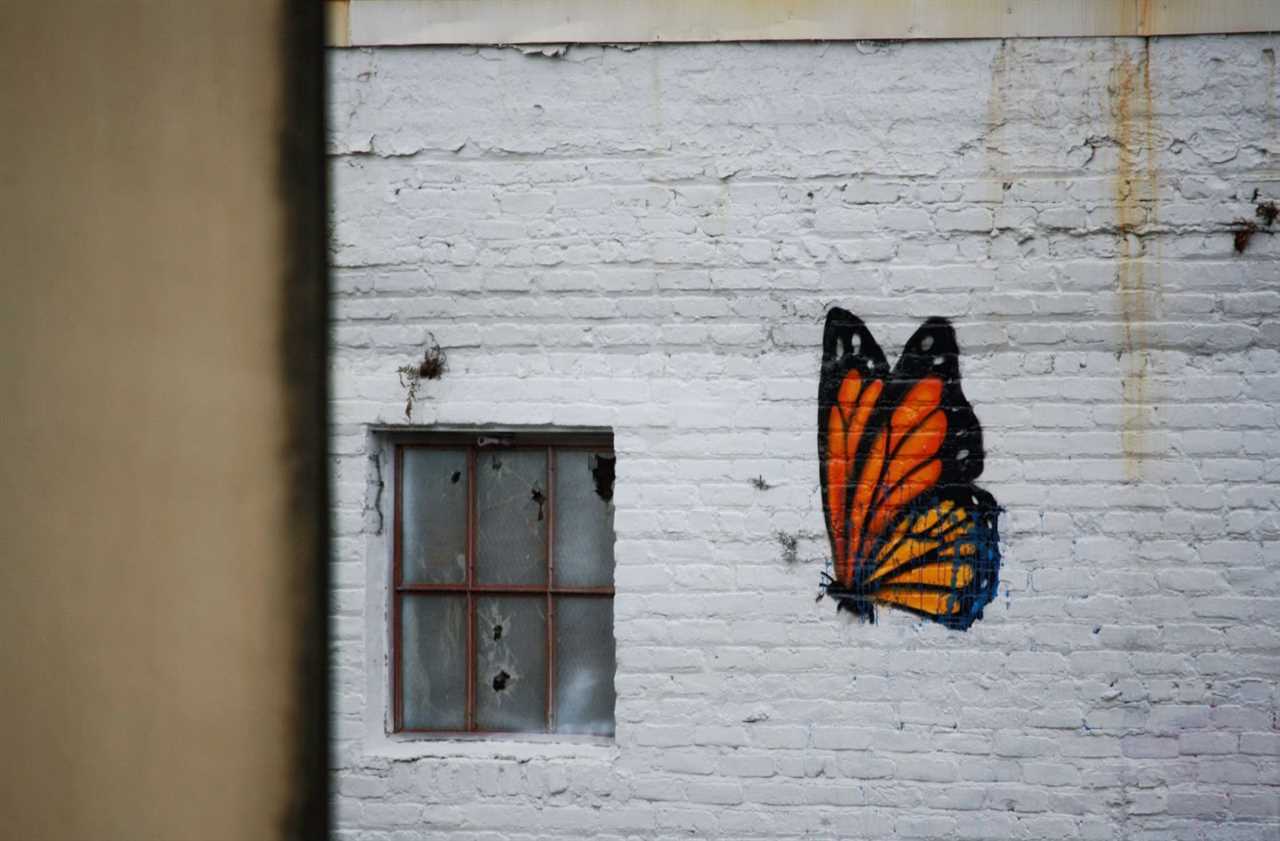
One of the most significant influences of murals is their ability to revitalize neglected areas within urban communities. By transforming blank walls into visual masterpieces, murals breathe new life into rundown neighborhoods, injecting a sense of vibrancy and creativity. These vibrant spaces attract visitors and residents, boosting local economies and fostering community engagement.
Highlighting Cultural Identities
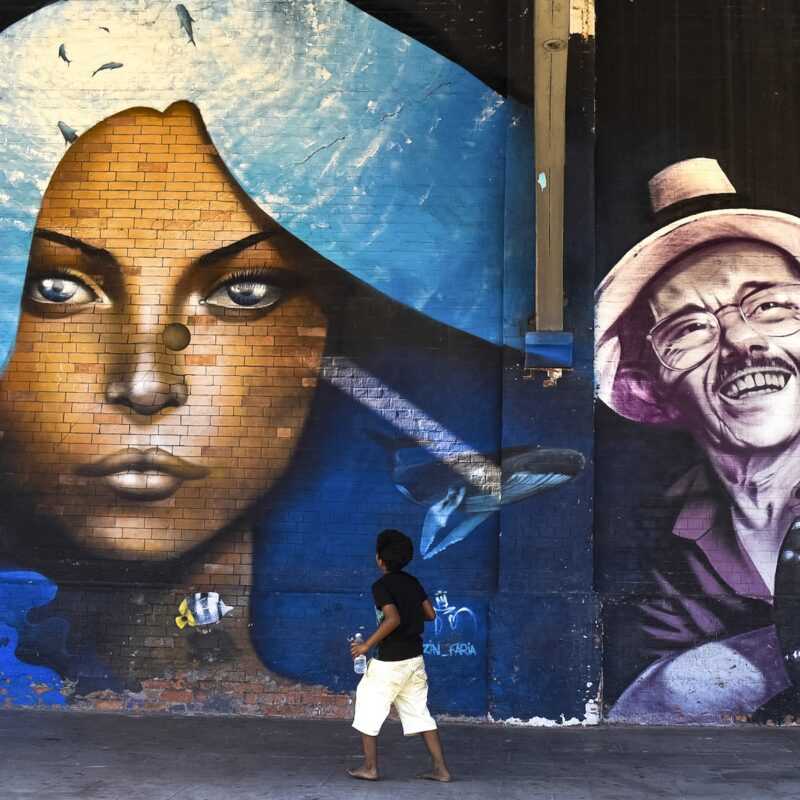
Another important influence of murals is their ability to highlight and celebrate cultural identities within urban communities. Murals often depict historical events, iconic figures, and traditional symbols that are representative of the local community’s heritage. By showcasing these cultural elements, murals promote a sense of pride and unity among community members, strengthening social bonds and promoting intercultural understanding.
Furthermore, murals provide a platform for underrepresented voices to be heard. Artists often collaborate with local residents, community organizations, and activists to create murals that address specific social and political issues. These murals serve as powerful visual statements, sparking dialogue and raising awareness about important topics such as social justice, gender equality, and environmental sustainability.
Moreover, murals can also serve as a form of protest or resistance against oppressive systems and injustices. Artists use their creative expression to challenge societal norms and advocate for change. These murals become symbols of resilience and empowerment, inspiring individuals and communities to take action and work towards a more equitable and inclusive society.

I am a mural enthusiast and a fervent admirer of street art. Rather than creating murals myself, I am passionate about collecting them. My love for street art knows no bounds. I am dedicated to curating and cherishing these artworks that grace the streets. My collection stands as a testament to my profound appreciation for this form of artistic expression.
read about me



